Bologna is one of the best places in Italy for street photography, of the candid sort but also of some beautifully presented shopfronts and window displays. We recently spent a couple of days in Bologna with friends, and here is a short photo essay. All these were taken on my new Fujifilm X-Pro3 which is a small, discreet rangefinder-style digital camera.
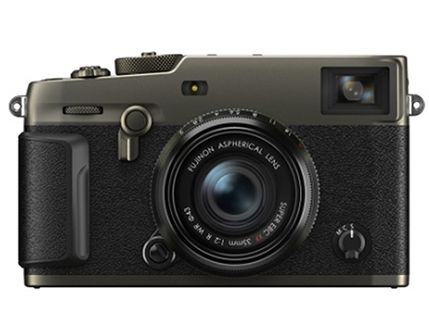
The historic centre of Bologna is a good place for street photography, for a few reasons. One is that there are enough tourists that the guy with the camera doesn’t stand out, but enough locals that your picture is not going to be full of tourists.
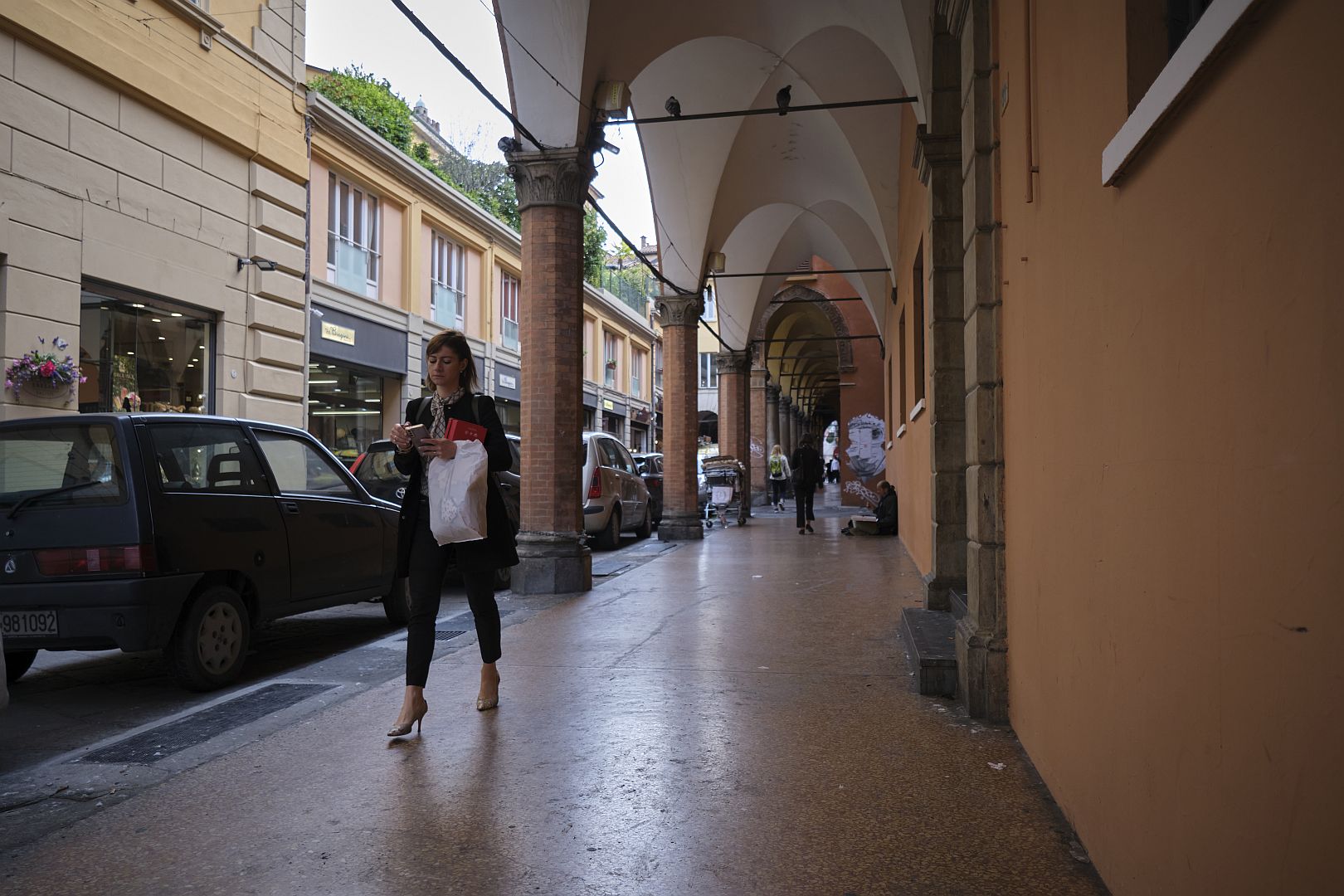
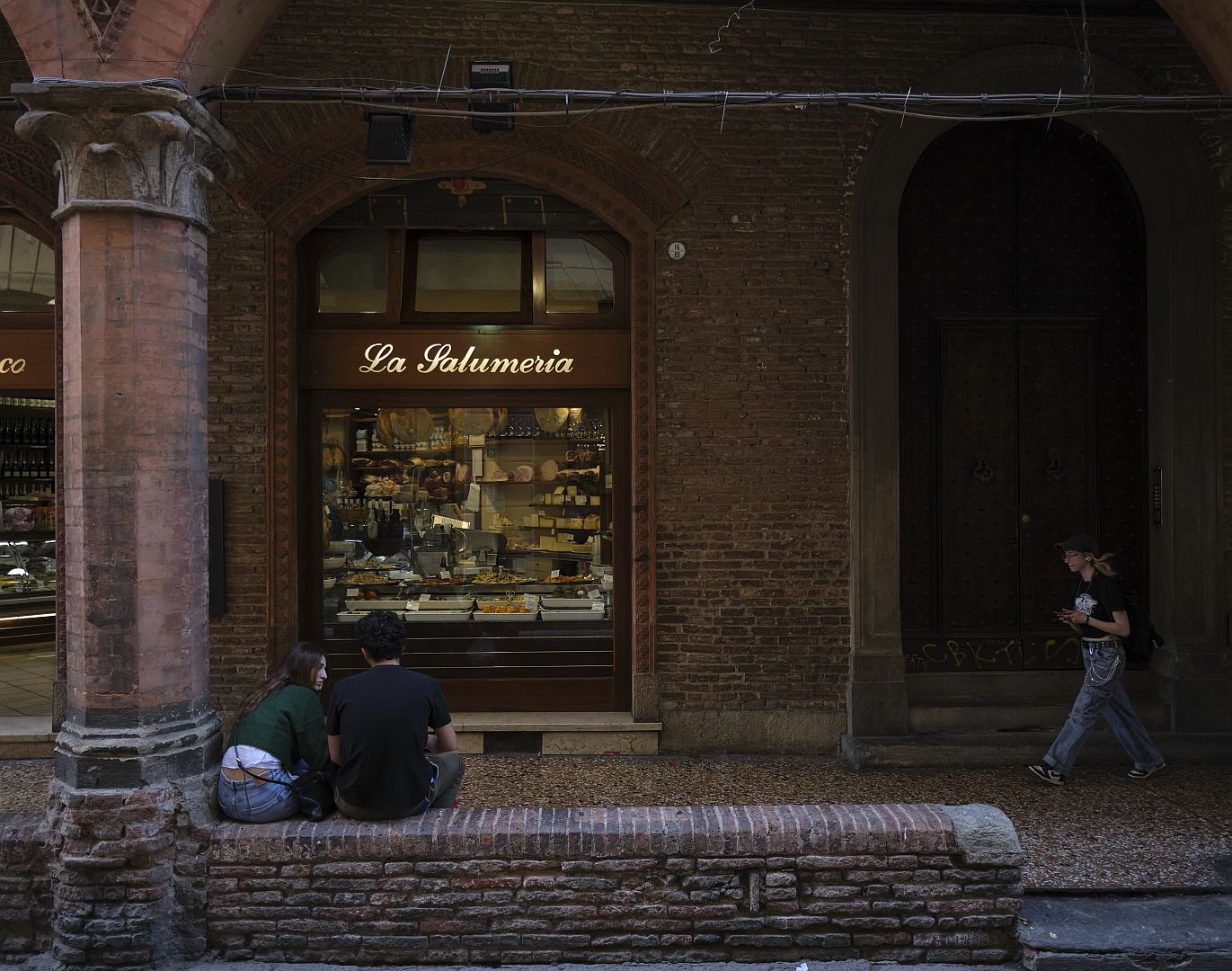
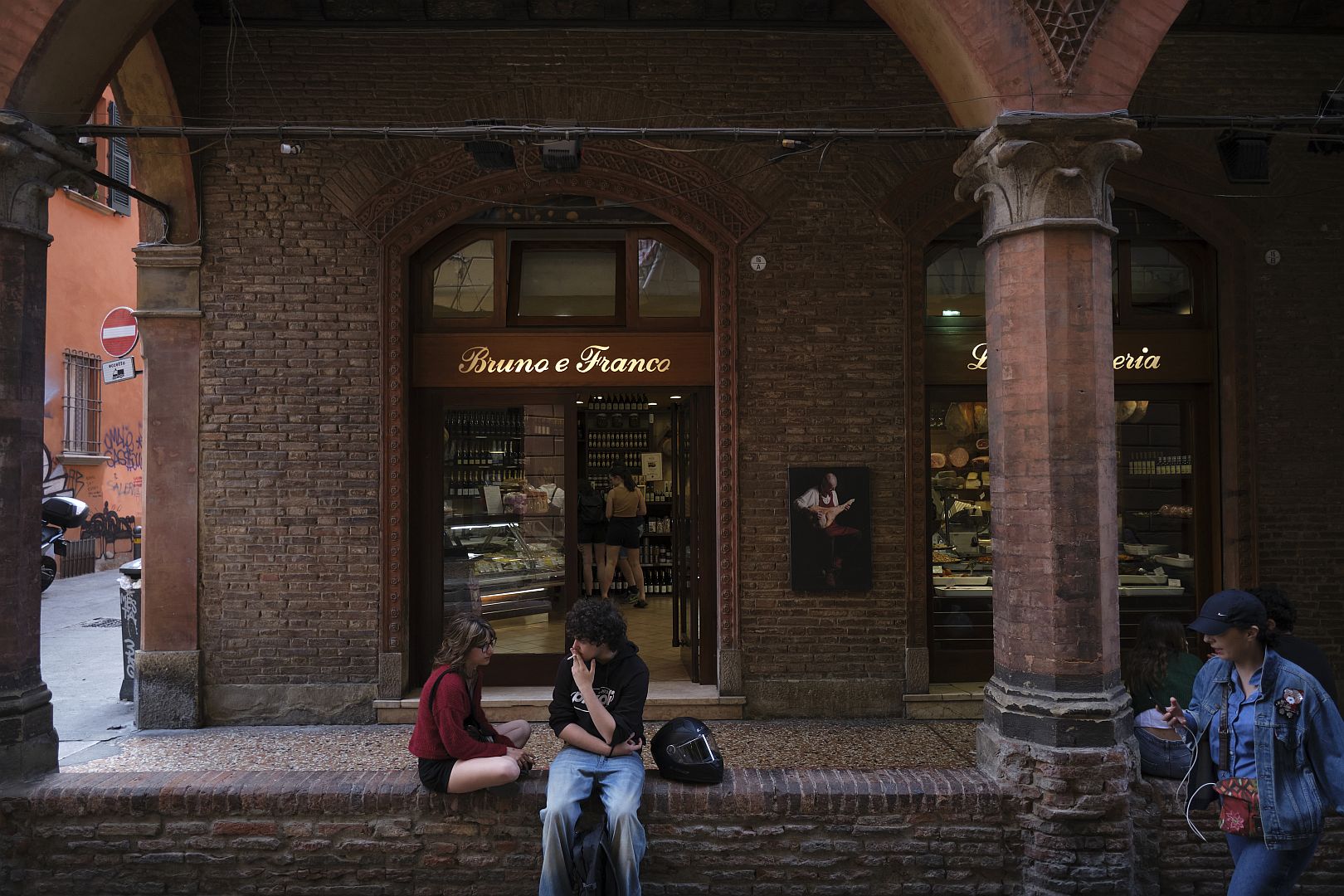
Another is that even when a shopkeeper does see you taking a photograph, he or she is probably used to it. A third is that the elegant shopfronts and food displays in the market quarter deserve to be photographed – when the proprietor has spent that much trouble making it look nice, it is a fitting compliment to take a picture of it.
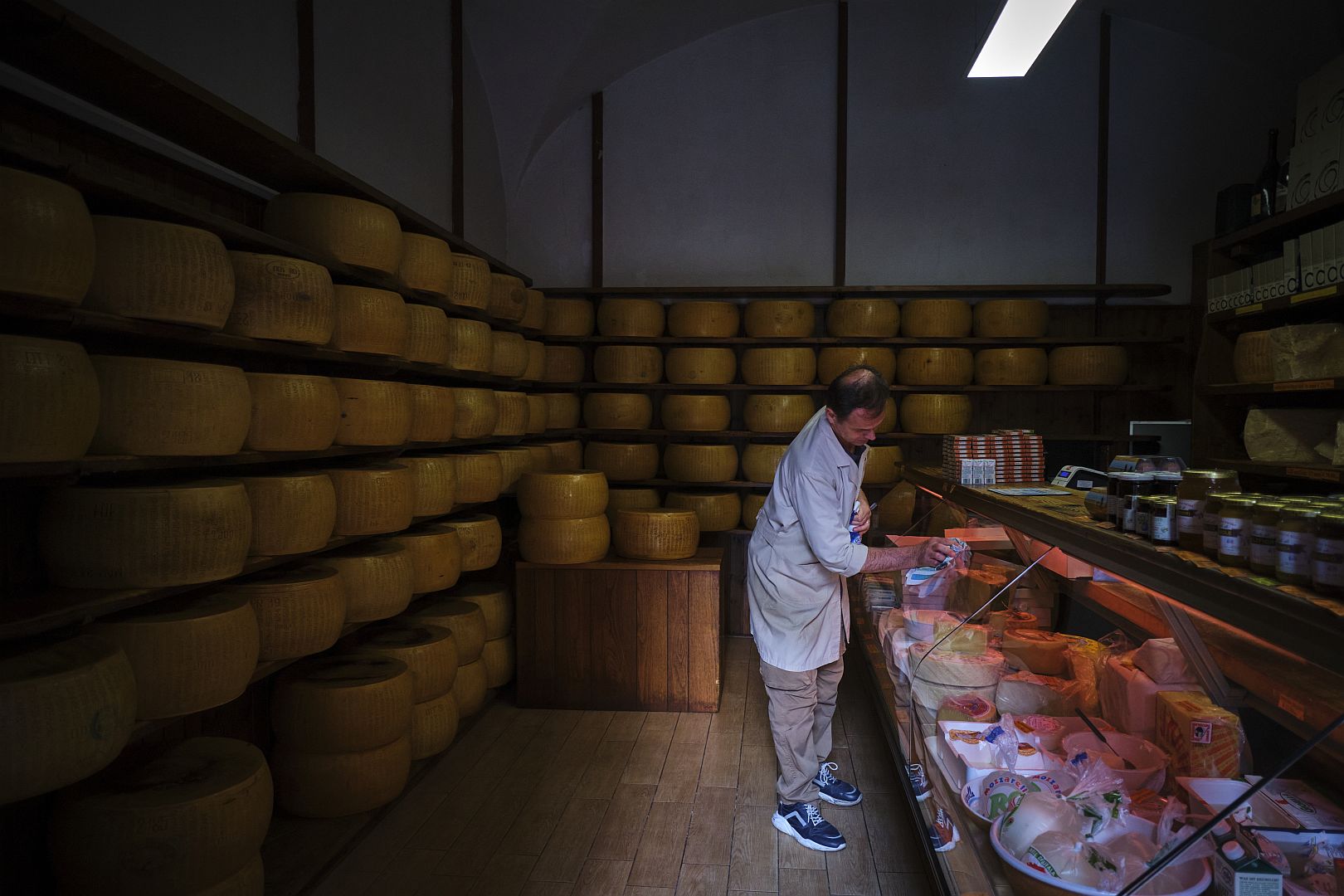
In any case, in shops I often ask first. “Posso?” (may I?) I ask, pointing at the camera. No-one has ever said no, but it makes me feel more comfortable knowing that I have been given permission. In the picture above, the man in the cheese shop said “certo” (of course) and carried on cleaning his counter.
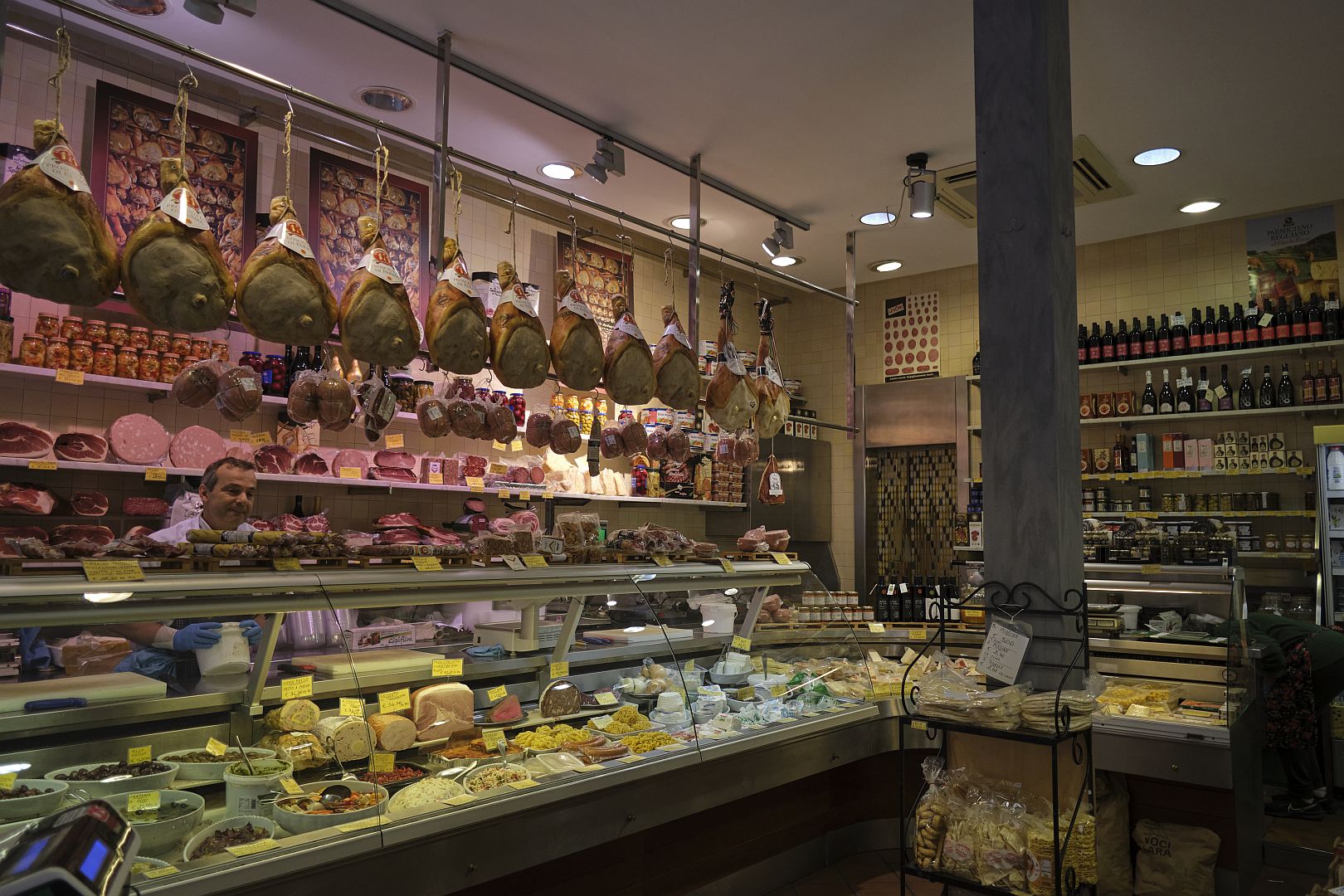
If I haven’t asked, and get busted, I will touch my cap and nod thanks, which often seems to suffice.
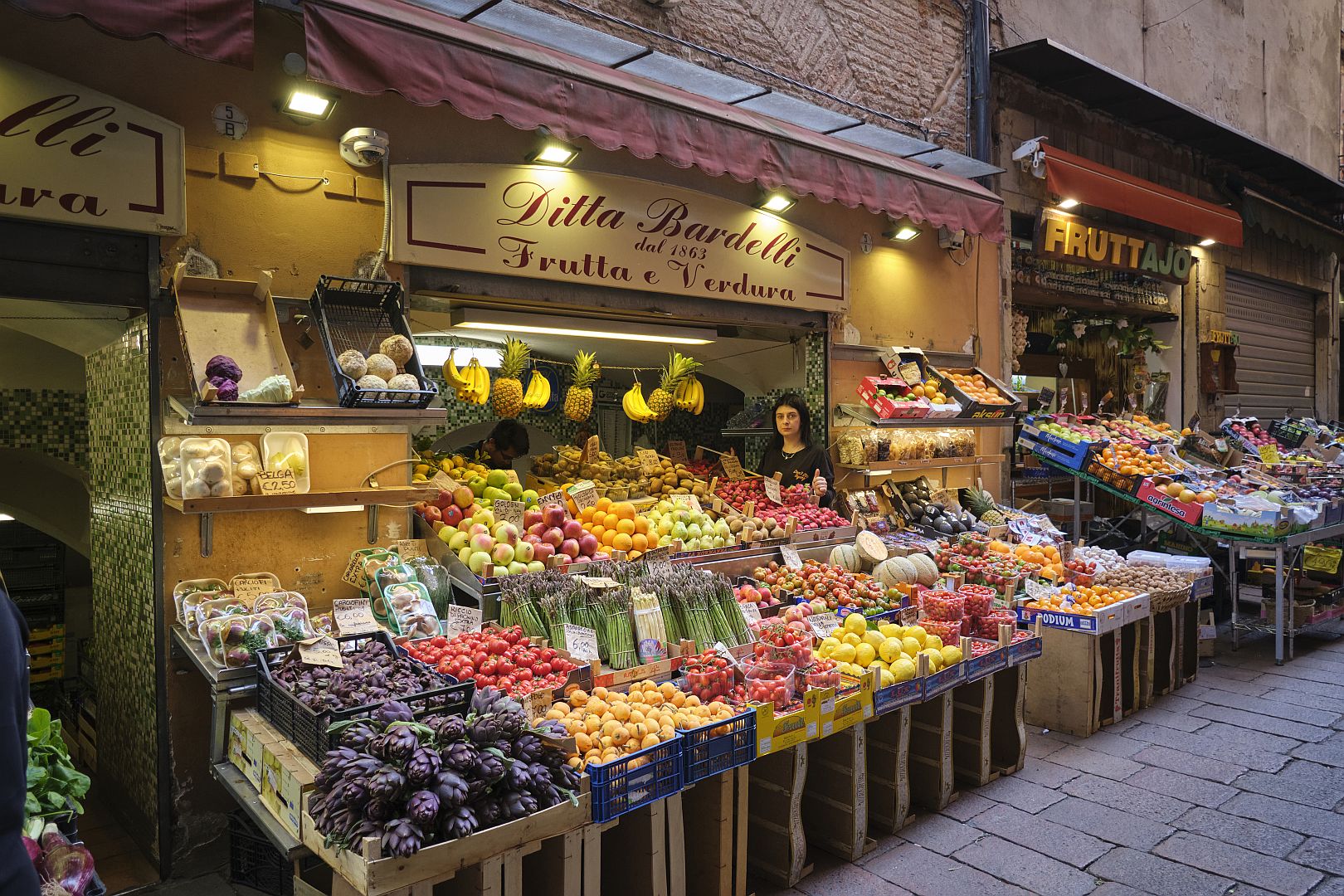
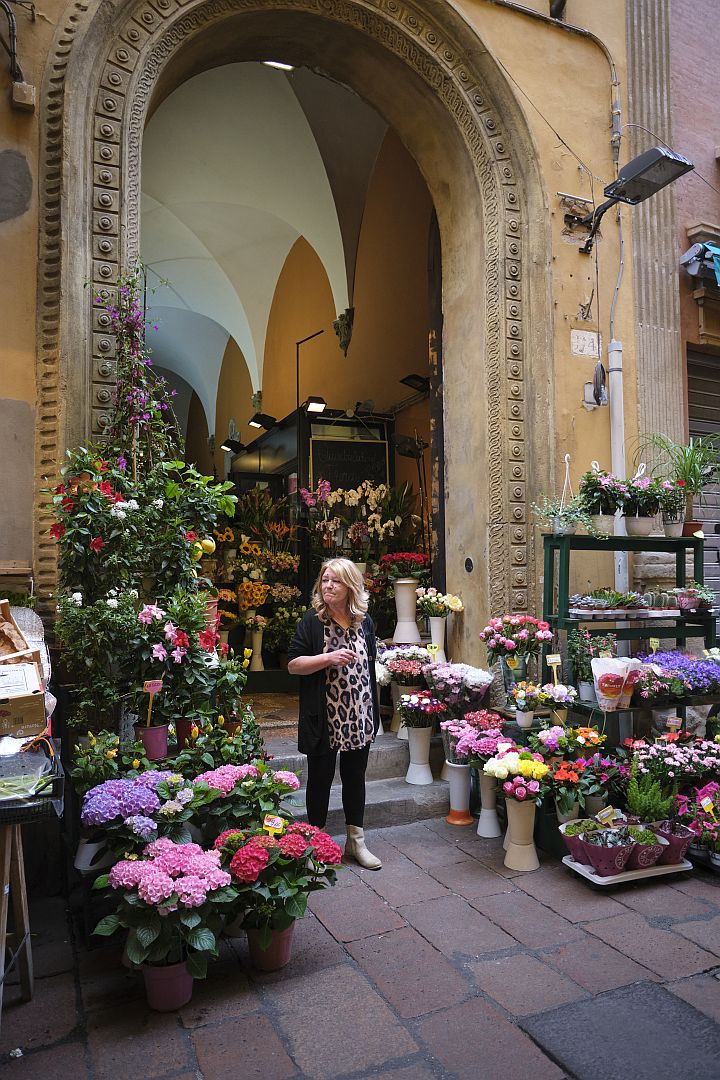
Immediately to the east of the Piazza Maggiore in Bologna is a small area of narrow streets and many shops, mainly butchers, fishmongers, greengrocers, wine merchants and the like. This is the historic market area, and the best time to go there is in the morning, when all the produce is fresh, and in any case some shops like the fishmongers close for the day at lunchtime.
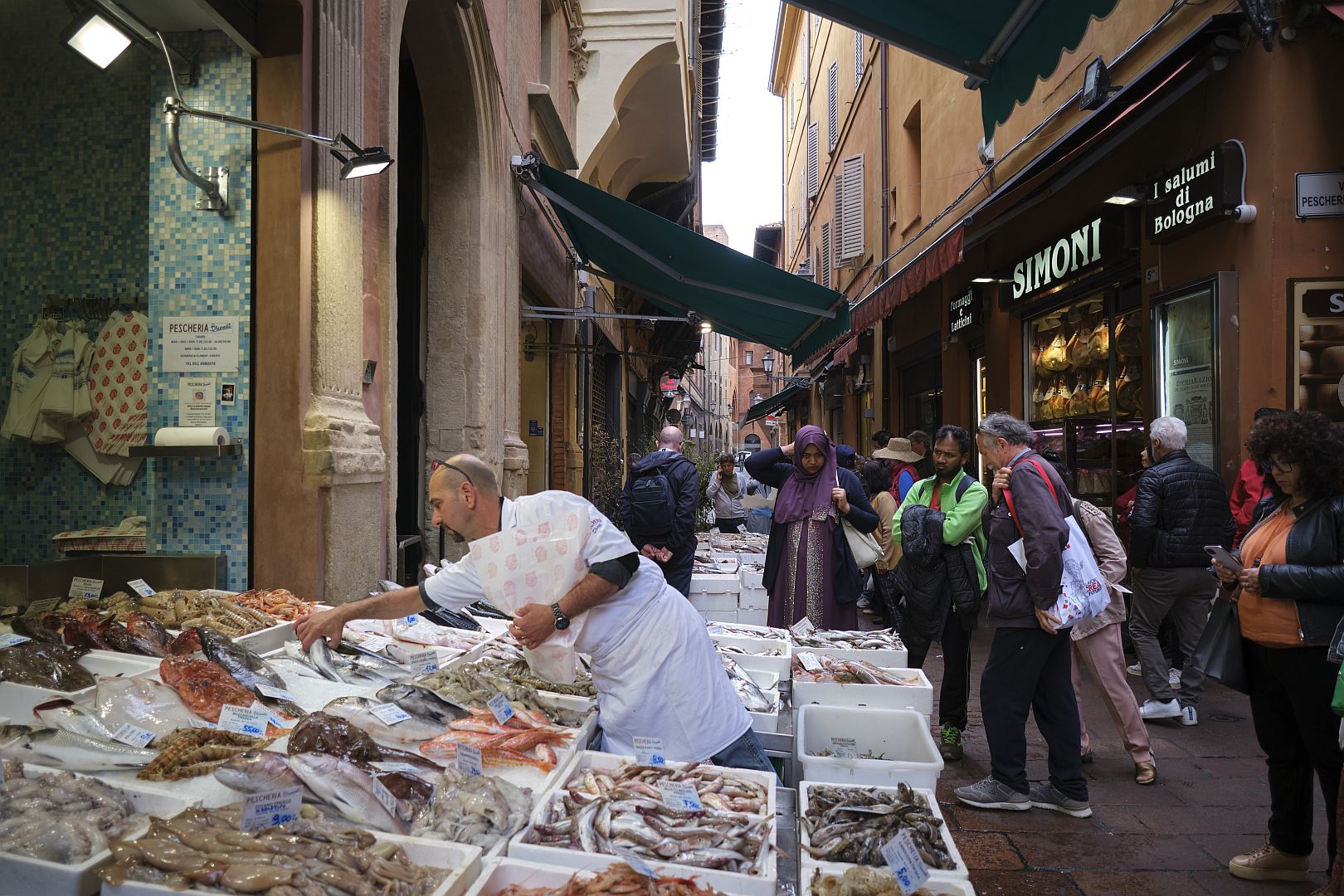
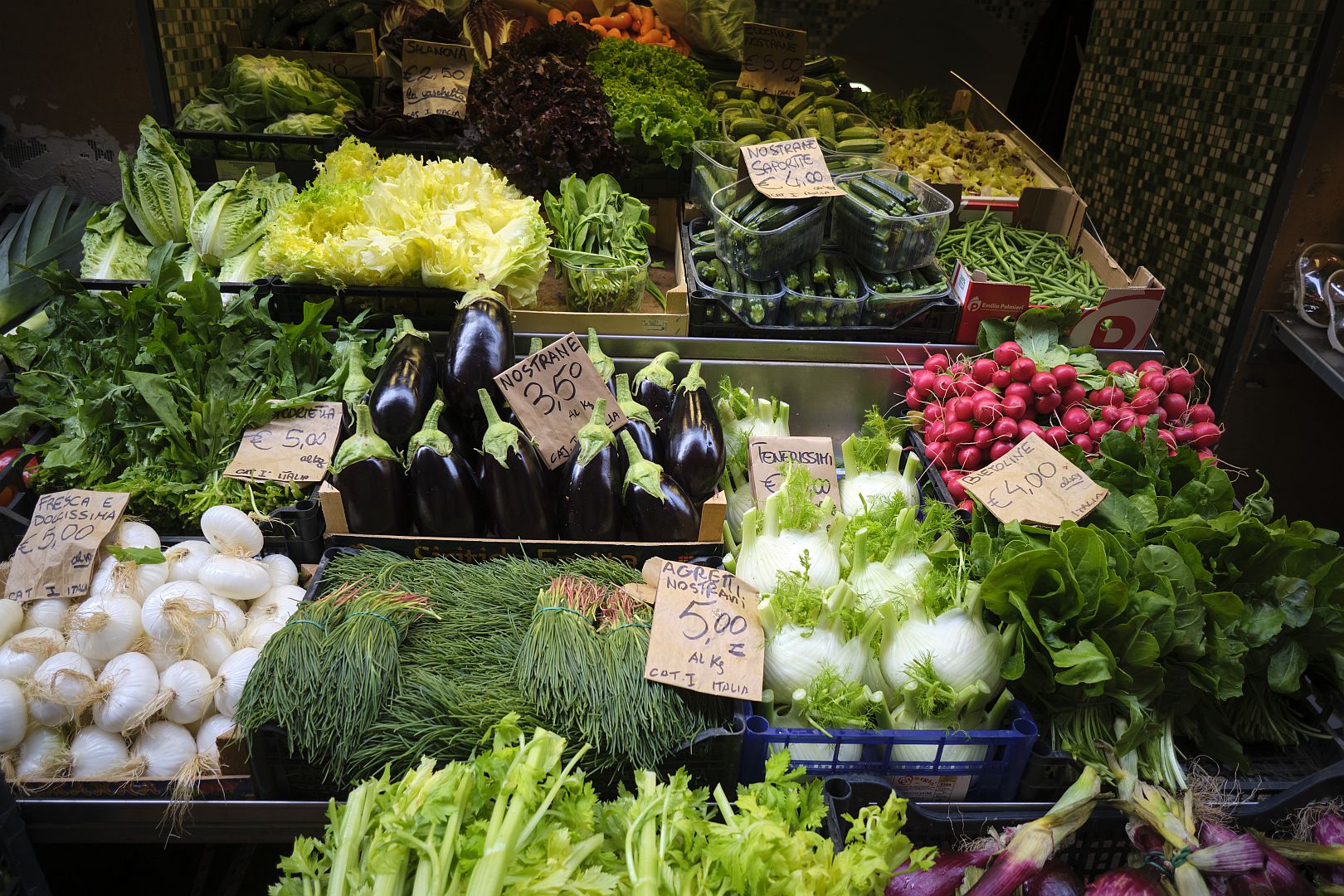
Bologna is home to the world’s oldest university (founded in 1088) and it has the energy and edginess that one associates with student towns. But it is also a prosperous place – productive agriculture and high-tech industry clearly bring in a lot of wealth, and have done for a while. In the centre the shopfronts can therefore be very elegant – sometimes retaining their original antique signage when the actual shop has been taken over by something more modern.
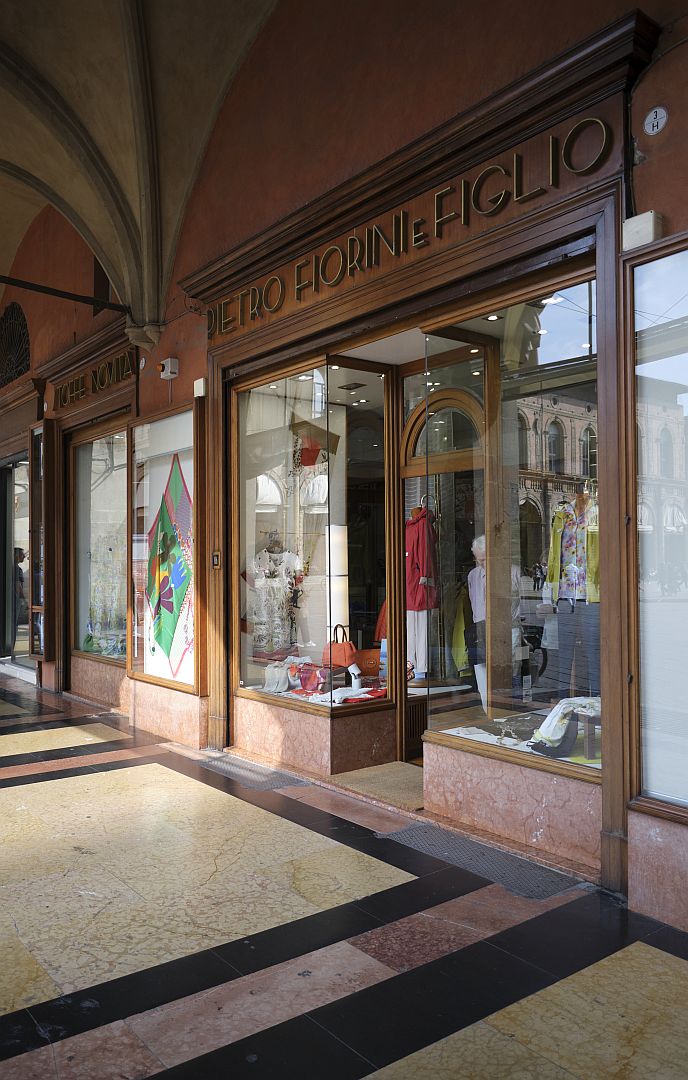
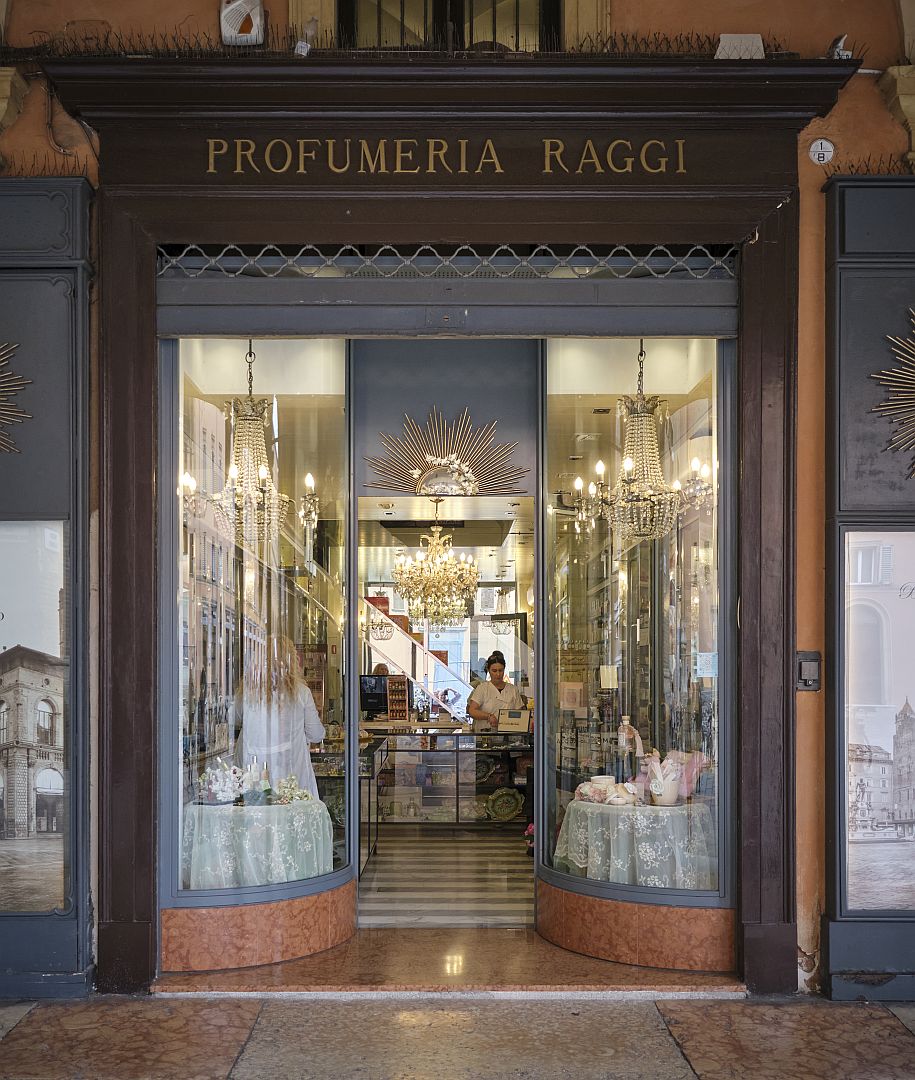
But one of the special things about Bologna is that the Bolognese take food very, very seriously indeed, even by Italian standards. The food shops are therefore temples to gastronomy, places of wonder, delight and not inconsiderable expense.
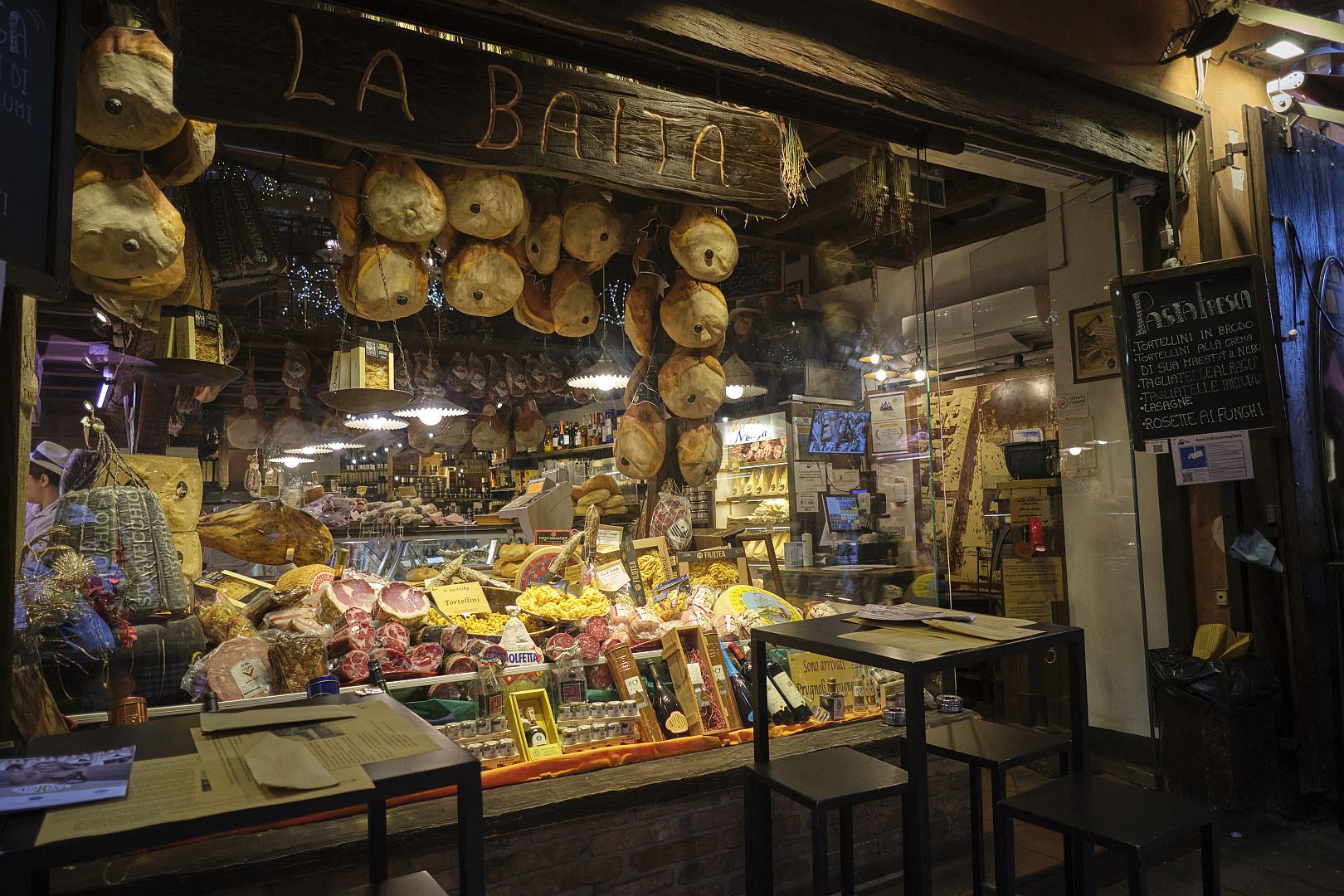
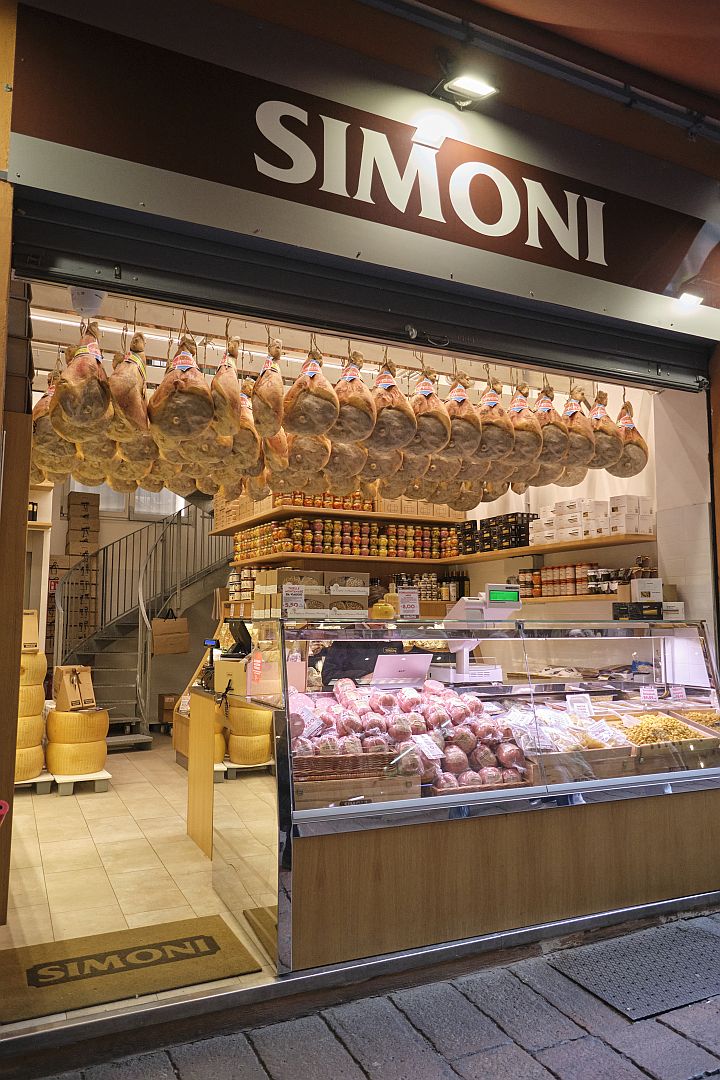
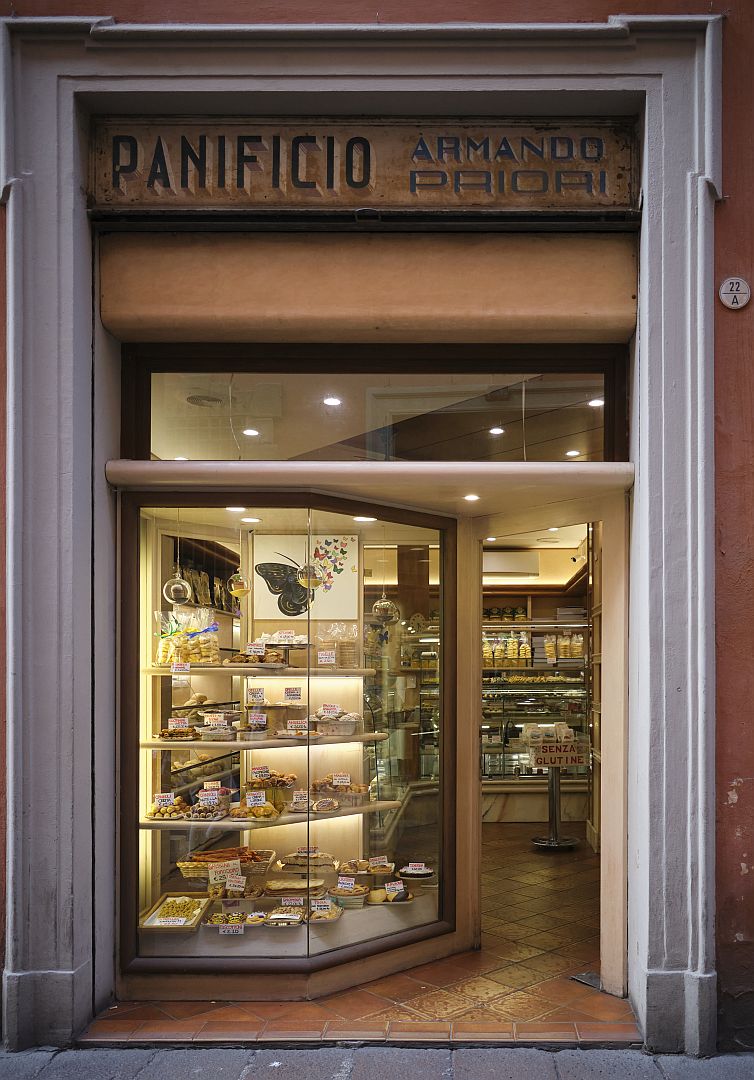
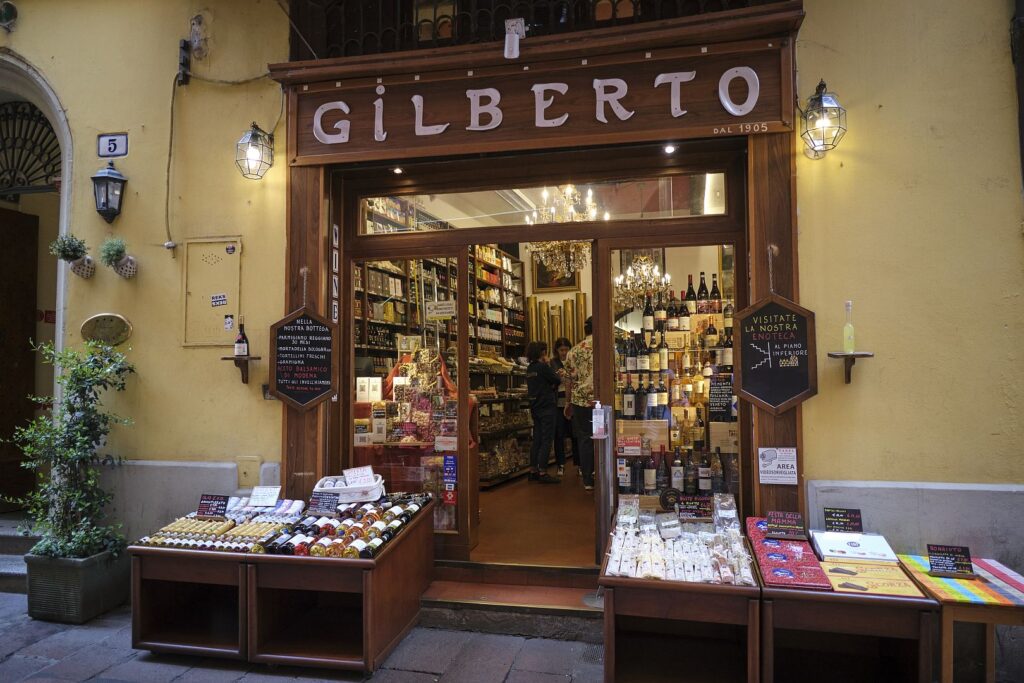
One of the classiest shops in this area is “Atti & Figli”. You can walk away from there somewhat lighter in the pocket, but clutching a couple of hundred grams of tortellini in very elegant packaging and the feeling that somehow you have temporarily been admitted to an exclusive club.
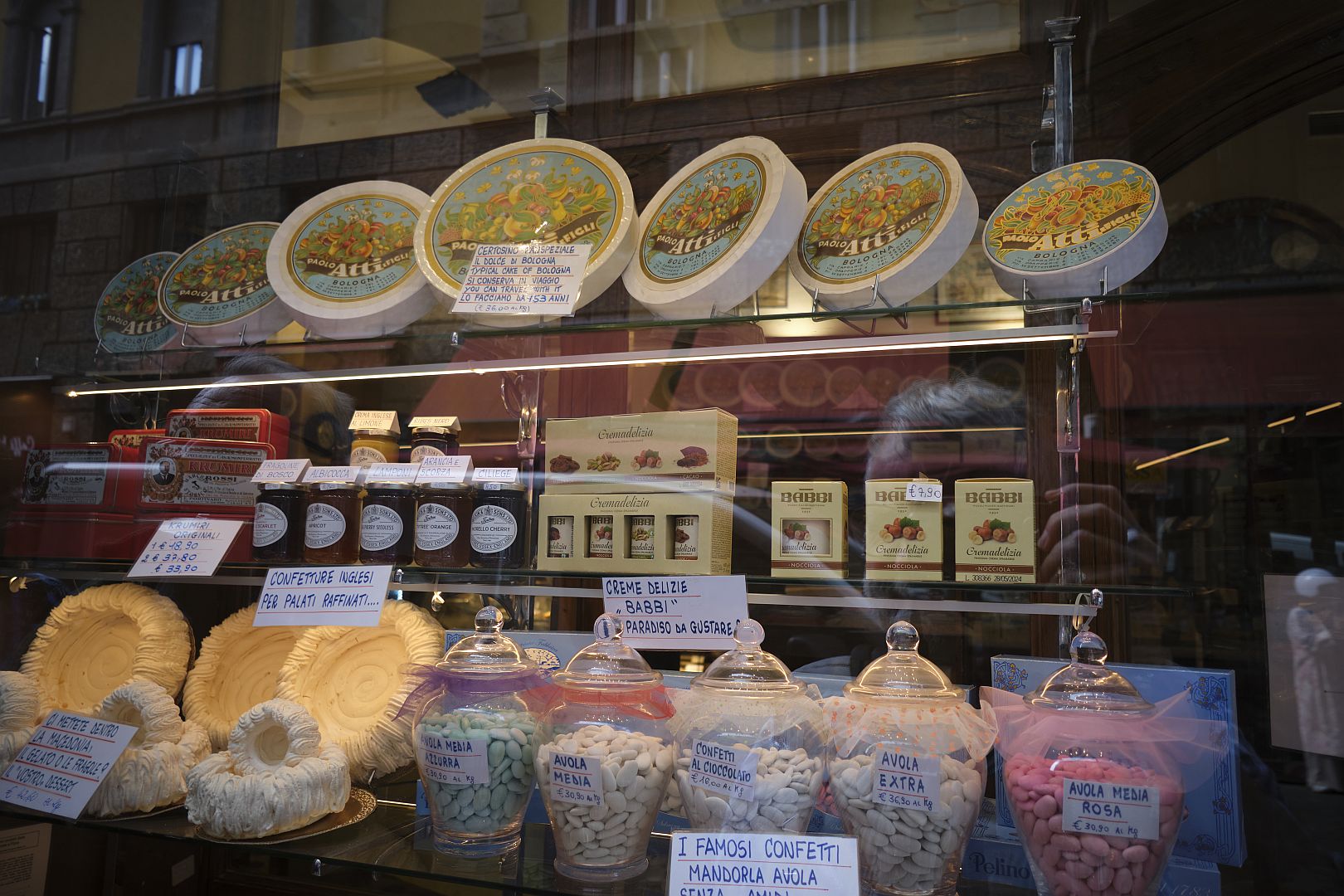
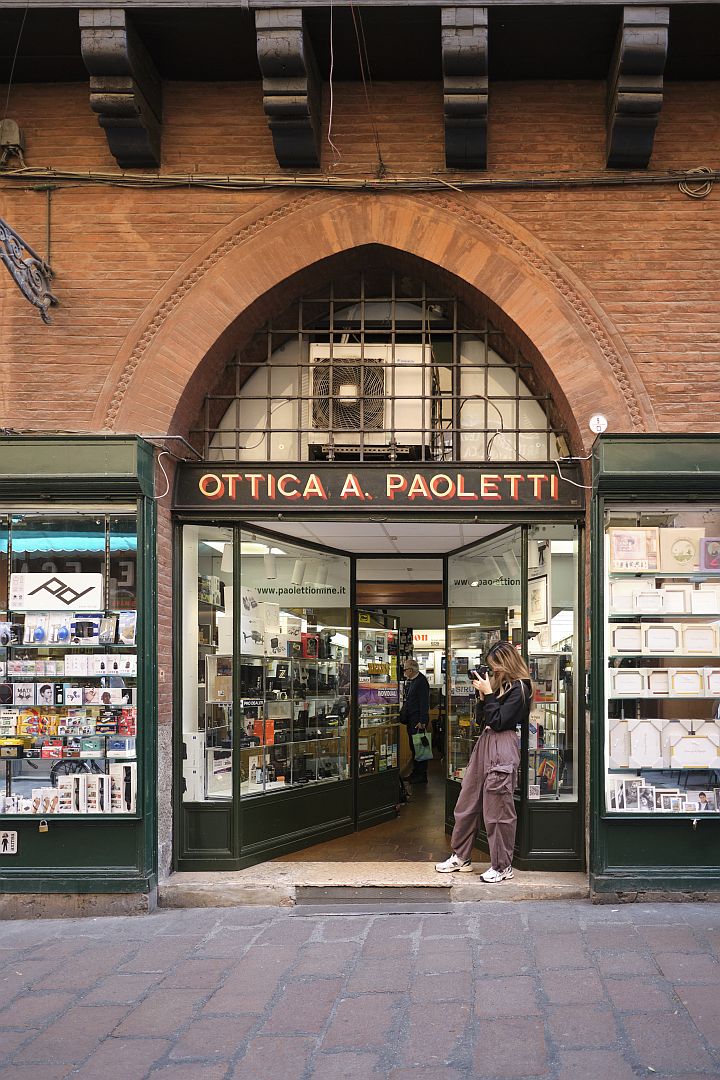

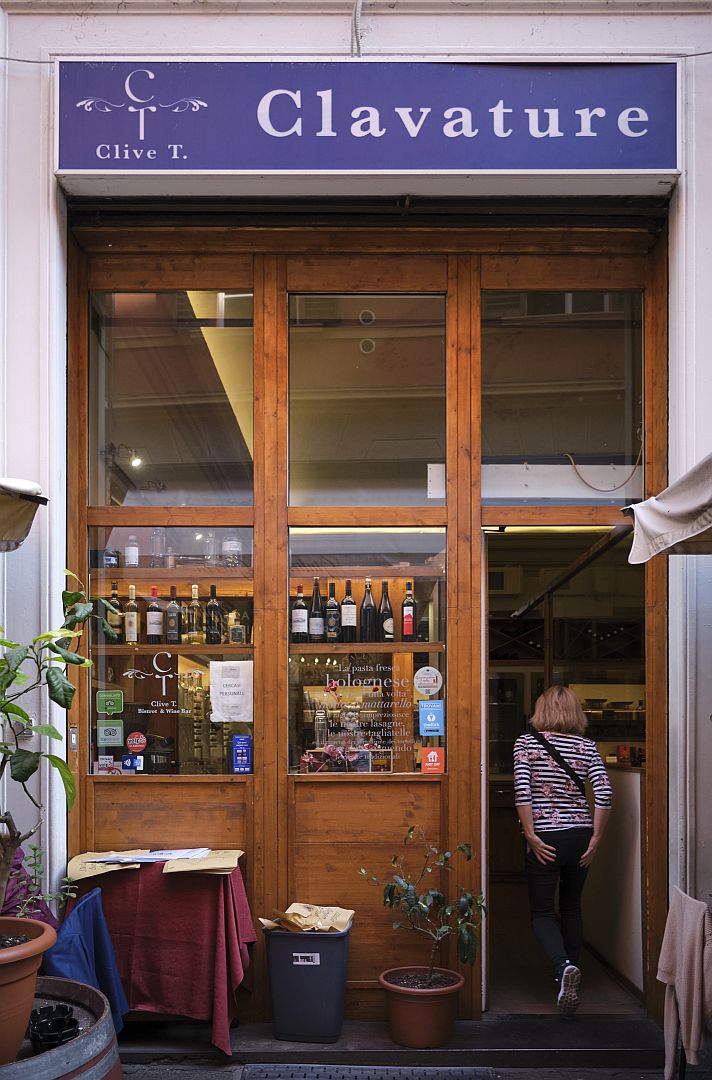
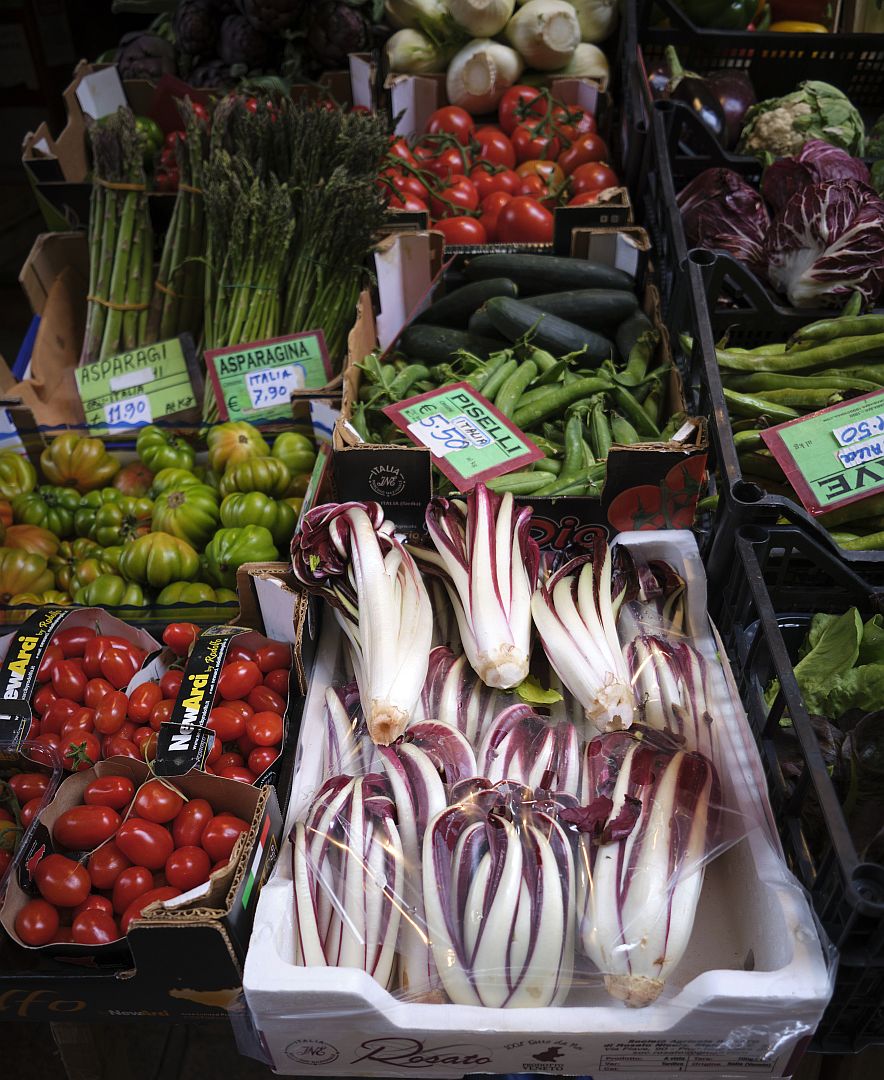
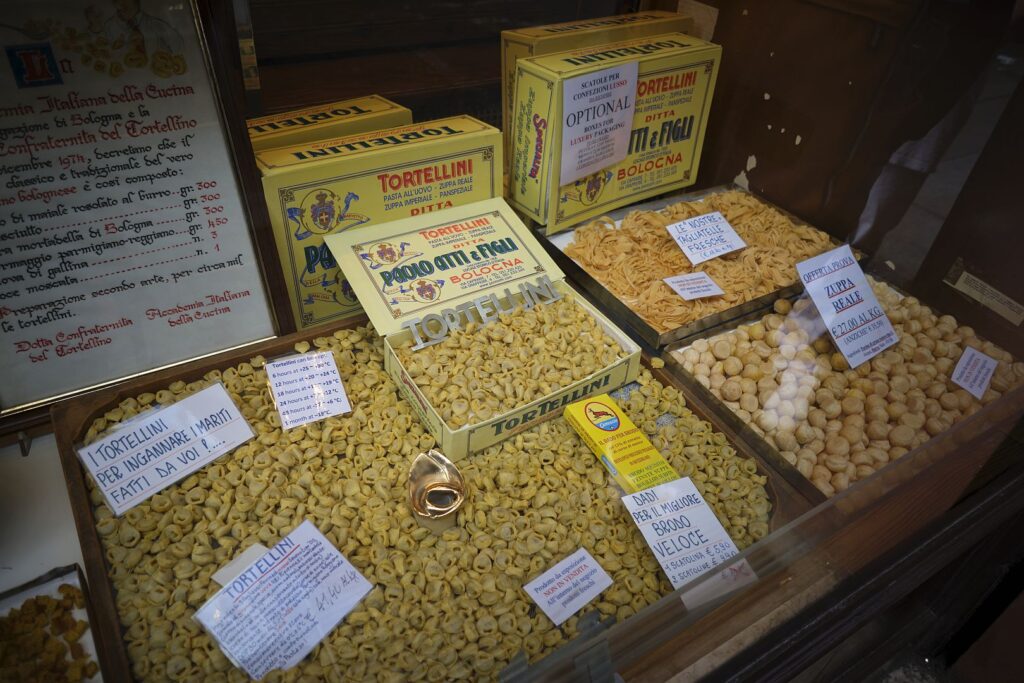
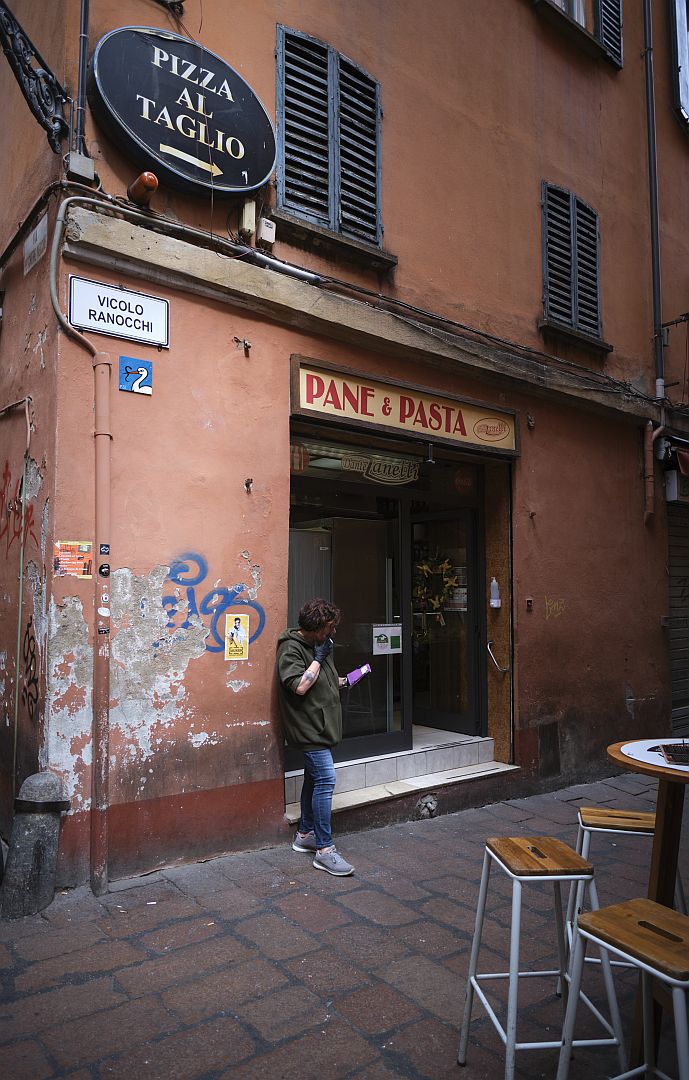
A note on the photography – black and white conversion
I was very pleased with the photograph above of the man in the cheese shop – the simplicity of the scene and the rich colours required little in the way of post-processing. But nonetheless I was interested to see if I could make it more dramatic by converting it to back and white. Most cameras (and smartphones) have a monochrome option, and sometimes this does little more than convert each pixel in the red, green and blue channels to the same intensity in greyscale.
But have you ever seen a black and white photograph and wondered why it seems more dramatic than its colour equivalent would have been?
The answer may be that the colours have not been given equal priority in conversion to greyscale. This was something that the old film photographers understood well; when I was a child learning to take black and white pictures, my father showed me how to attach a yellow filter in sunny weather. This had the effect of blocking much of the blue light, and darkening skies while leaving clouds white, making it much more dramatic.
You can do the same with a digital photograph. In the image below, I boosted the red and yellow while reducing the blue, using Affinity Photo 2 software. This made the orange colours of the cheeses seem to glow, while reducing white and blue – see how the man’s white coat has become dark. Is it an “accurate” photograph? Not in some ways, but that’s not always the point.
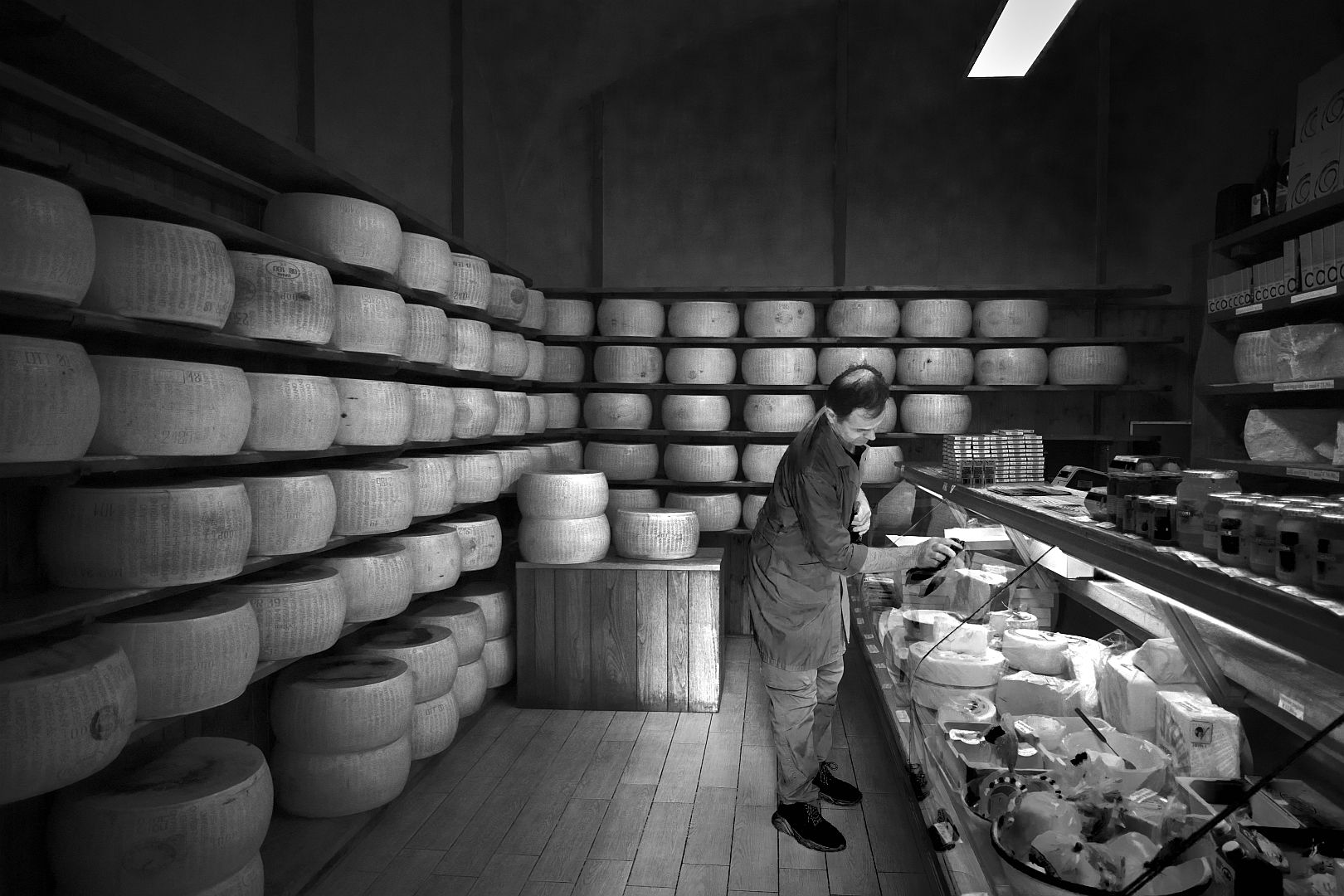
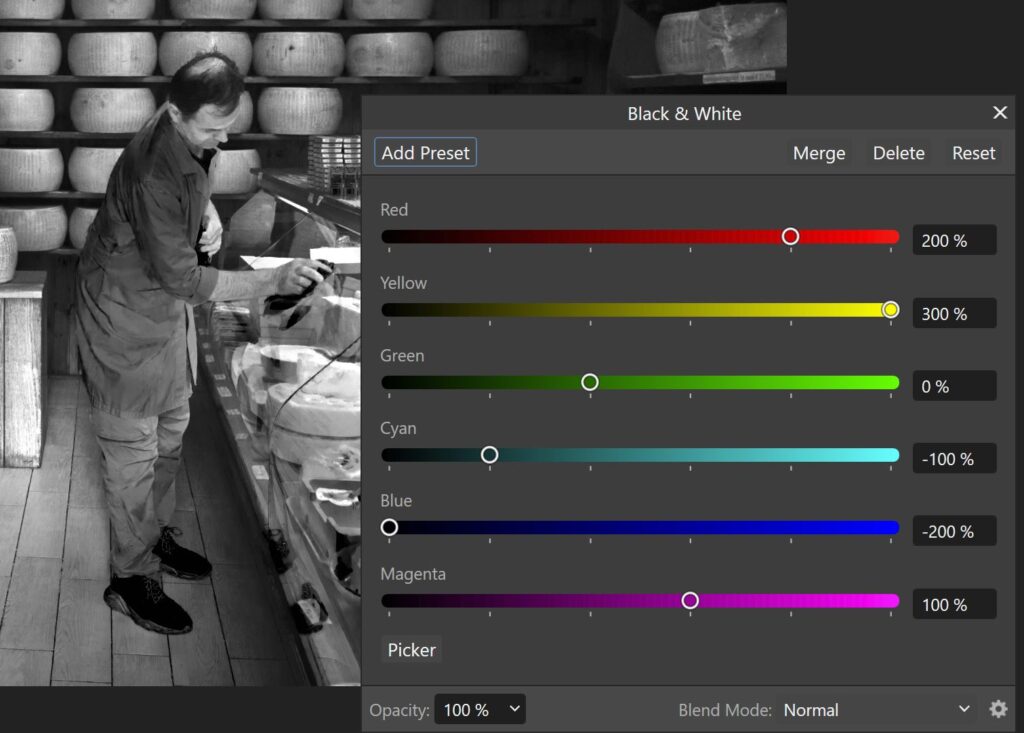
Note: we made a second visit to Bologna a couple of months later. On that occasion I took quite a few evening shots, which you can see here.

2 Replies to “Street Photography in Bologna”